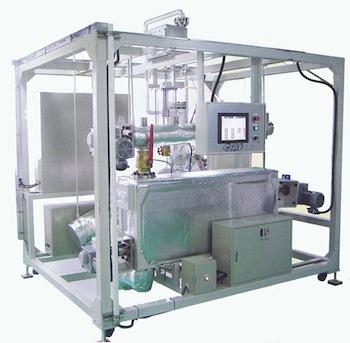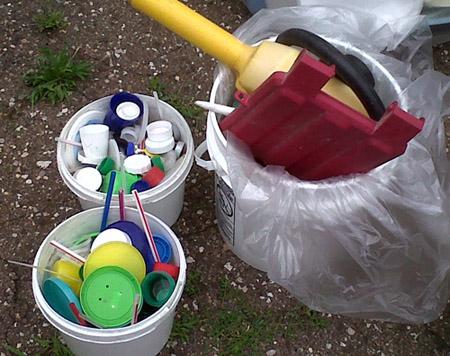May 31, 2012

Alternative energy often means the better-known sources like solar, wind power, or biofuels. A new form of alternative fuels recovers energy from post-consumer or post-industrial plastic wastes that cannot be recycled efficiently. Technologies for creating these fuels attempt to solve two big problems: the overabundance of unrecycled plastic in landfills, and the creation of domestic energy sources. Several of these plastics-to-fuel (PTF) conversion processes are on the verge of commercialization in the US.
The waste-to-energy (WTE) industry began by approaching polymer wastes as a problem to be eliminated, but failed to come up with financially feasible methods, Jay Schabel, CEO of PolyFlow, told us. Previously, the only purpose for creating fuels was burning them for heat, but the quality and selling price of those fuels is low. Schabel says:
You can't sort your way to financially sustainable success. With a toothbrush made of different plastics, for example, the materials you can recover can never justify the effort it takes to sort them. So if a technology had a high cost of sorting on the front end, and produced a product with a cheap selling price, it couldn't survive.

Plastics-to-fuel energy recovery methods offer a different approach by creating technologies that can become profitable. These technologies are aimed at the non-recycled plastics (NRPs) that would otherwise go into landfills, since the highest-BTU waste stream available is polymer.
In conventional WTE plants, municipal solid waste (MSW) is burned and the heat is used to produce steam in a closed-loop process, Jeff Wooster, global sustainability leader for Dow Performance Plastics, told us. That steam either produces process heat for operations like paper mills or utilities, or it's converted to electricity. This produces lots of energy from plastic and a fair amount from paper and wood, but very little energy from other sources.
WTE processes are the least efficient for plastic, said Greg Wilkinson, past president of the Canadian Plastics Industry Association. "Recovered fuel is more selective. Here, you take some components of the waste stream and turn them into fuel for narrower uses."
About the Author(s)
You May Also Like



